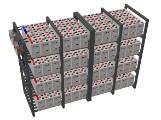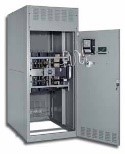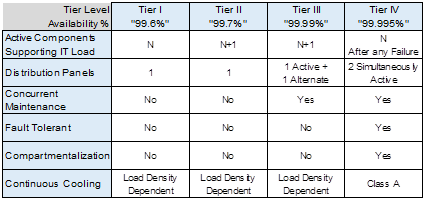| Mission critical refers to any factor of a system (components, equipment, personnel, process, procedure, software, etc.) that is essential to business operation or to an organization. Failure or disruption of mission critical factors will result in serious impact on business operations or upon an organization. Therefore, it is extremely critical to the organization’s “mission”. Click to learn more about Sustainable FM Services. | 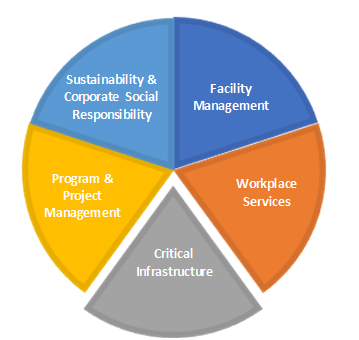 |
||
| With respect to commercial businesses, mission critical most often refers to data center infrastructure; the core physical or hardware-based resources and components that comprise a data center including; | |||
|
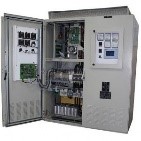 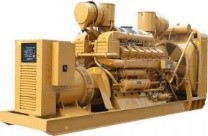 |
||
| The Uptime Institute maintains a Tier Rating standard for critical infrastructure. The Tier Standards establish a consistent set of performance criteria. Summarized in the table below. As with any other system, preventive maintenance is a crucial activity in support of critical infrastructure. Scheduling and execution of critical environment maintenance (CEM) typically involves coordination with multiple groups (change control process), substantial planning, detailed procedural documentation, and defined alternatives should any issues be encountered during maintenance execution. | |||
|
|||
 |
|||
